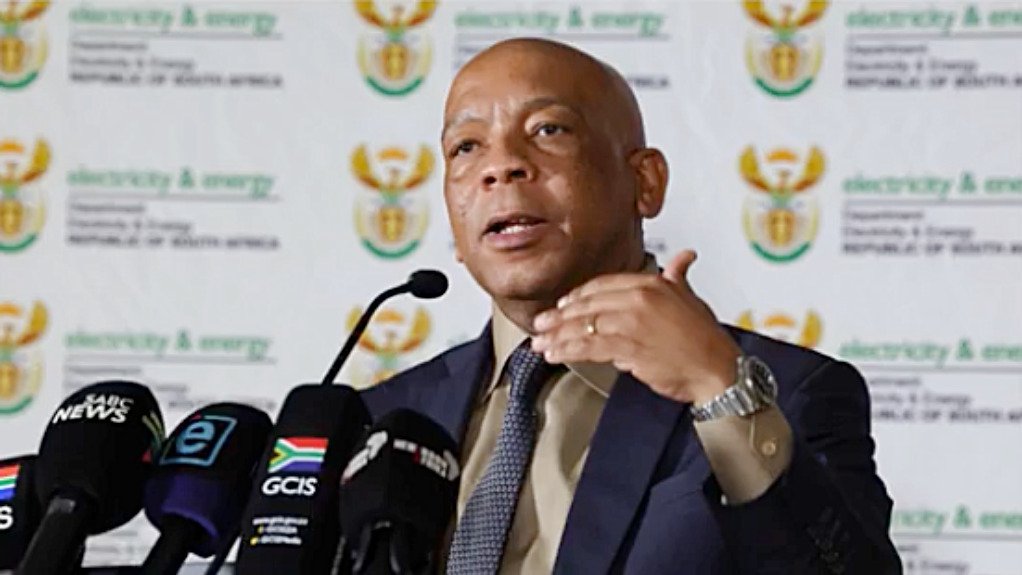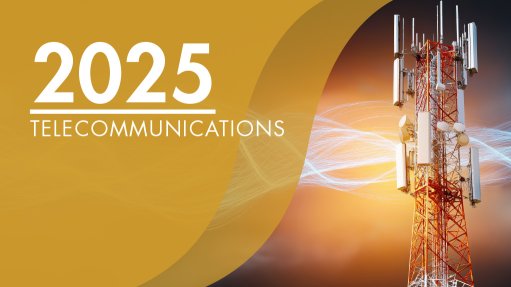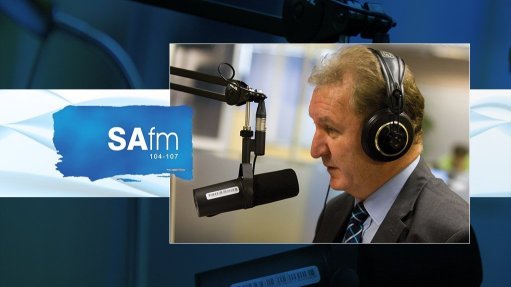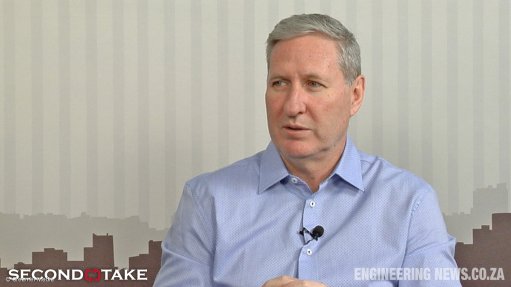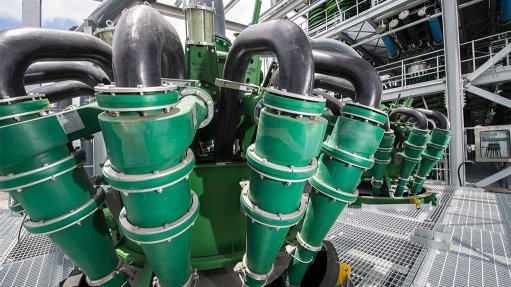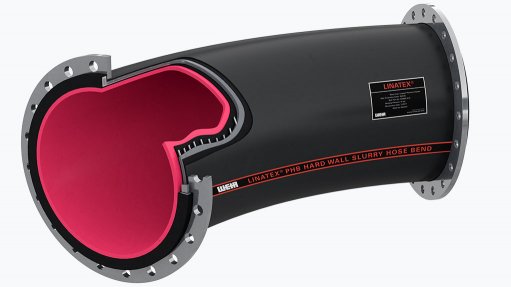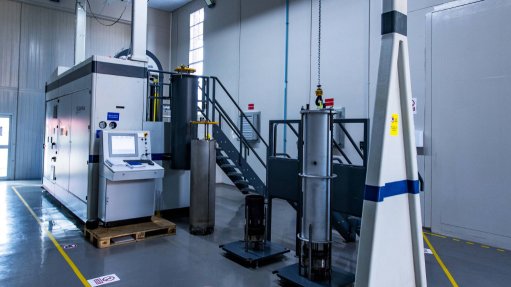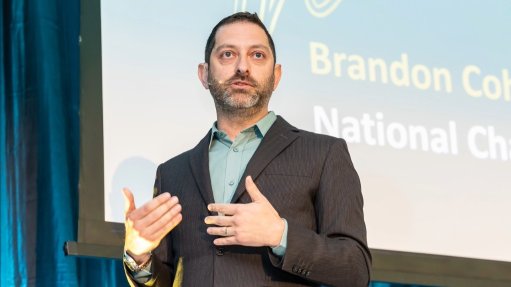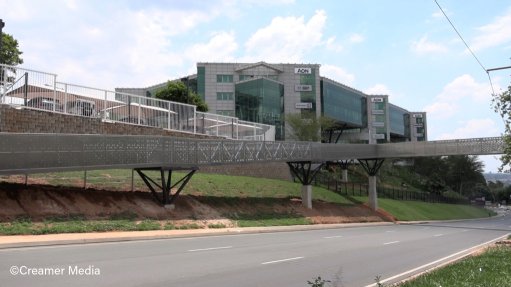IRP 2025 raises gas load factor to 50% as adjustments are also made to accommodate nuclear and ‘clean coal’
South Africa’s latest Cabinet-approved Integrated Resource Plan (IRP 2025) includes several policy adjustments that deviate from the least-cost scenario modelled, including a raising of the minimum load factor to 50% for the initial gas-to-power (GtP) plants proposed for construction by 2030.
The updated plan, which will be Gazetted by October 24, has allocated 6 000 MW to GtP by that date, a target that Electricity and Energy Minister Dr Kgosientsho Ramokgopa acknowledged during a briefing would be difficult to meet.
This, owing to the absence of the import, gasification and pipeline infrastructure required for their operation, as well as reports of increasingly long lead times for gas turbines.
However, he said efforts would be made to meet the target, including through a conversion of the existing Eskom- and independent power producer-owned open-cycle gas turbines from diesel to gas.
Ramokgopa linked the decision to raise the GtP load factor to both the impending decommissioning of 8 000 MW of coal-fired capacity over the period (a schedule that is reaffirmed in the plan) and a decision to use the GtPs to “anchor” gas demand for industrial users.
Such demand is expected to facilitate the liquefied natural gas imports required to avoid an impending “gas cliff”; a supply disruption that would affect industrial users later in this decade that currently rely on natural gas imports from Sasol’s depleting Pande and Temane fields in southern Mozambique.
Previously the IRP envisaged the GtP plants being used far more flexibly, in a range of between 25% to 65%, so as to cost-effectively close any gaps that might arise in the system, particularly as the share of variable renewable electricity rose.
The Minister confirmed that the high load factor outlined for the initial plants would be reviewed for subsequent GtP generators, with the IRP 2025 including a 16 000 MW allocation for the technology by 2039.
OTHER POLICY ADJUSTMENTS
The other policy adjustments integrated into the IRP 2025 include the following: scope to demonstrate the viability of so-called clean-coal technology by the end of the decade; an allocation of 5 200 MW, possibly rising to 10 000 MW, for new nuclear by 2039 as part of a “nuclear industrialisation plan”; and the energy availability factor for Eskom’s coal fleet remaining in a range of between 66% and 68% between 2025 and 2030.
The drafters of the IRP 2025 insisted that the cost of the gas, coal and nuclear adjustments did not result in a material deviation from the least-cost model, but did not immediately provide specifics.
Notably, the plan also did not include an electricity price path, despite rising concerns over affordability for industrial and household consumers, with a separate process reportedly under way to interrogate the future pricing of electricity.
Also not immediately provided was any update on the technology cost assumptions used to model the five scenarios used to formulate the final policy-adjusted plan.
However, a commitment was made to publishing these assumptions on the Department of Electricity and Energy’s website once the plan was Gazetted.
Overall, the IRP 2025 envisages the introduction of 105 000 MW of new generation capacity by 2039, including:
- 34 000 MW of onshore wind;
- 25 000 MW of utility scale solar PV;
- 16 000 MW of distributed generation, mostly in the form of behind-the-meter solar PV;
- 8 500 MW of storage, mainly in the form of battery energy storage systems;
- 16 000 MW of GtP; and
- 5 200 MW of nuclear, which could include small modular reactors (SMRs) should the technology be proved commercially over the period.
Ramokgopa said the IRP 2025 had a cumulative net present value cost of R2.2-trillion and argued that it would reshape South Africa’s electricity supply away from its current reliance on coal towards a mix of technologies.
It was also reaffirmed that government intended reviving the pebble bed modular reactor nuclear technology, which was currently under care and maintenance at Eskom, by placing it under the control of the South African Nuclear Energy Corporation, or Necsa.
Necsa would be expected to demonstrate the technology, and prove its competitiveness relative to other SMRs currently under development globally.
Ramokgopa insisted that the generation build-out would be shaped by the IRP 2025 and led by the State, arguing that an over-reliance on the market had failed to ensure security of supply in the past.
He, thus, continued to punt mega-scale procurement bid windows despite the efforts currently under way to launch a South African Wholesale Electricity Market in line with the now legislated vision for the emergence of a more competitive electricity supply industry.
Article Enquiry
Email Article
Save Article
Feedback
To advertise email advertising@creamermedia.co.za or click here
Comments
Press Office
Announcements
What's On
Subscribe to improve your user experience...
Option 1 (equivalent of R125 a month):
Receive a weekly copy of Creamer Media's Engineering News & Mining Weekly magazine
(print copy for those in South Africa and e-magazine for those outside of South Africa)
Receive daily email newsletters
Access to full search results
Access archive of magazine back copies
Access to Projects in Progress
Access to ONE Research Report of your choice in PDF format
Option 2 (equivalent of R375 a month):
All benefits from Option 1
PLUS
Access to Creamer Media's Research Channel Africa for ALL Research Reports, in PDF format, on various industrial and mining sectors
including Electricity; Water; Energy Transition; Hydrogen; Roads, Rail and Ports; Coal; Gold; Platinum; Battery Metals; etc.
Already a subscriber?
Forgotten your password?
Receive weekly copy of Creamer Media's Engineering News & Mining Weekly magazine (print copy for those in South Africa and e-magazine for those outside of South Africa)
➕
Recieve daily email newsletters
➕
Access to full search results
➕
Access archive of magazine back copies
➕
Access to Projects in Progress
➕
Access to ONE Research Report of your choice in PDF format
RESEARCH CHANNEL AFRICA
R4500 (equivalent of R375 a month)
SUBSCRIBEAll benefits from Option 1
➕
Access to Creamer Media's Research Channel Africa for ALL Research Reports on various industrial and mining sectors, in PDF format, including on:
Electricity
➕
Water
➕
Energy Transition
➕
Hydrogen
➕
Roads, Rail and Ports
➕
Coal
➕
Gold
➕
Platinum
➕
Battery Metals
➕
etc.
Receive all benefits from Option 1 or Option 2 delivered to numerous people at your company
➕
Multiple User names and Passwords for simultaneous log-ins
➕
Intranet integration access to all in your organisation



